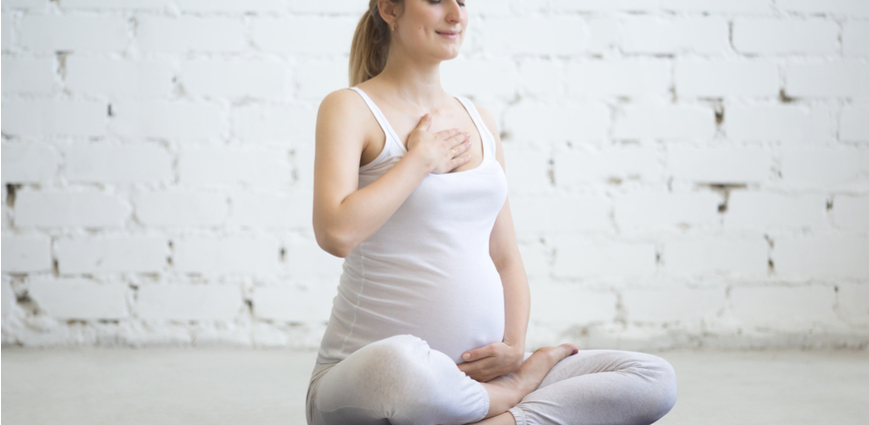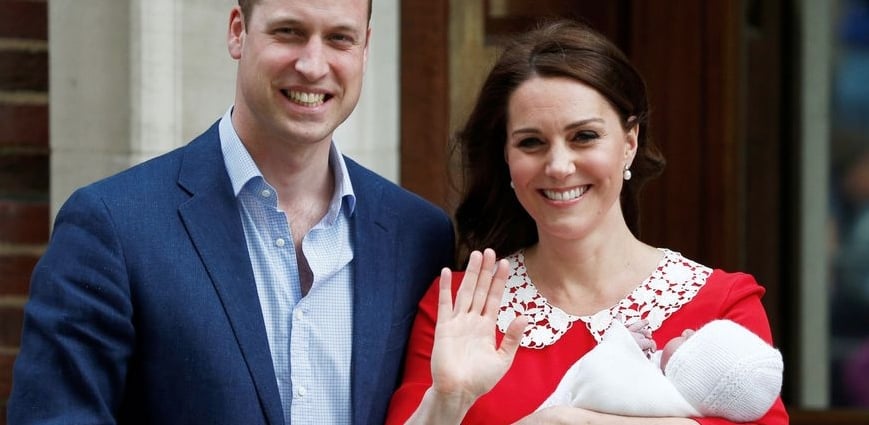During pregnancy, it’s easy to feel overwhelmed and uncertain over every choice for yourself and your growing baby. Every mother-to-be experiences a moment in labour when they become doubtful of their ability to give birth. As the big day approaches, you may not feel ready. How can you best prepare for these situations?
Hypnobirthing—a form of childbirth education—is the answer many seek for a peaceful pregnancy, labour and delivery. Have you ever felt the calm that comes with hearing the ocean waves crash on the beach? That’s the same feeling hypnobirthing mothers channel to bring their baby into this world calmly. This program will address your concerns and connect you with your body and baby.
What is hypnobirthing?
Hypnobirthing classes are for moms-to-be and birthing companions looking for a gentle way to bear children. Hypnobirthing combines breathing exercises, relaxation, meditation, and visualisation to help mothers find inner peace. It additionally, focuses on nutrition and building positive body confidence.¹
Hypnobirthing promotes getting in tune with your body and intuition before your little one’s birthdays. The course is broken into five parts discussed in a two-hour class across five weeks:
-
Setting the stage: This is the introduction to the course. You will become aware of gentle births' history, philosophy, language, and visualisation.
-
Pre-birth family bonding and preparing your mind and body: This is the preparation step. You will learn about prenatal bonding and how to include your birth companion in the birthing process. This class will also review hypnotic relaxation, breathing techniques and visualisation exercises.
-
Self-hypnosis, visualisation, and advanced deepening: This course plans for the birth. You will develop a birth plan, release negative thoughts, prepare your body for birth, and work on light touch massage. Read our blog here to know why making a birth plan is important.
-
Overview and summary of childbirth: This class protects your natural birthing experience. This involves reviewing the onset and hallmarks of labour, settling in at your birth setting, what to do if labour stalls, and birth rehearsal.
-
Birthing: This is about the final act and bonding. This moves into the big event-- birth imagery, the ideal positions, breathing baby down, breastfeeding, and bonding.
In a nutshell, hypnobirthing acknowledges the importance of the emotional, mental and physical well-being of the mother, her birth partner and the baby—empowering all participants to engage in a peaceful delivery regardless of place of birth.
Who can participate in hypnobirthing?
Hypnobirthing mainly focuses on two important groups of people in the birthing process, preparing them to overcome any anxiety that comes their way. These groups of people are:
-
Mothers, who:
-
believe that pregnancy and birth is a normal state for a woman’s body,
-
want to become empowered and believe in her mental and physical power,
-
have the desire to learn how to reject the fear associated with pregnancy and birthing, and
-
believe in their body's ability to birth their baby gently.
-
Birth partners, family members and friends who are willing to assist with:
-
self-hypnosis, light touch massage, and visualisation techniques,
-
a wealth of education about how to assist and support during the labour and birth, and
-
coordinating soothing music or empowering birth mantras (scripts).
Hypnobirth is giving birth like a royal
In early 2018, Catherine the Duchess of Cambridge emerged from her third childbirth—after several hours in labour—looking flawless. As the proud mother and father greeted the public, they looked relaxed and overjoyed. It was widely speculated that the Duchess and Prince William planned for their royal birth by using the Hypnobirthing method, which allowed her to bounce back from an exhausting experience with a positive birth experience.
Considering how popular the method has become in the UK, US and Australia throughout the years, we weren’t surprised that these rumours were confirmed to be true!²
Hypnobirthing is popular among other celebrities as well. Mother to 6 children, Angelina Jolie used hypnobirthing techniques when she gave birth via caesarean to her twins Vivienne and Knox. Jessica Alba adopted hypnobirthing techniques, when having her daughters - Honor and Haven in 2008 and 2011 respectively.

Hypnobirthing nourishes respect for the relationship between the growing family and the healthcare provider.
If you hope to discover the answers to your hypnobirthing questions, you have found a caring and supportive team. At OT&P, we believe every woman deserves to feel safe and supported with unbiased childbirth education.
Help at OT&P
We would love the opportunity to walk you through this powerful birth programme. With Annerley's hypnobirthing classes and antenatal visits, you’ll be well-cared for during your antenatal care, birth, and beyond.
References
¹ ‘HypnoBirthing Classes for Gentle Birthing’. Hypnobirthing International - the Mongan Method. Available at: <https://us.hypnobirthing.com/parents/about-the-hypnobirthing-classes/>
² (2020). ‘Kate Middleton said she used hypnobirthing techniques to get through labor — and she 'really quite enjoyed it'. Insider. Feb 19. Available at: <https://www.insider.com/kate-middleton-said-she-used-hypnobirthing-enjoyed-it-2020-2>
 Central General Practice
Central General Practice
 Repulse Bay
Repulse Bay
 Clearwater Bay
Clearwater Bay
 BodyWorX Clinic
BodyWorX Clinic
 Central Specialist Clinic
Central Specialist Clinic
 MindWorX Clinic
MindWorX Clinic
 Partner Clinics
Partner Clinics
 Family Clinic
Family Clinic
 OT&P Annerley Midwives Clinic
OT&P Annerley Midwives Clinic






